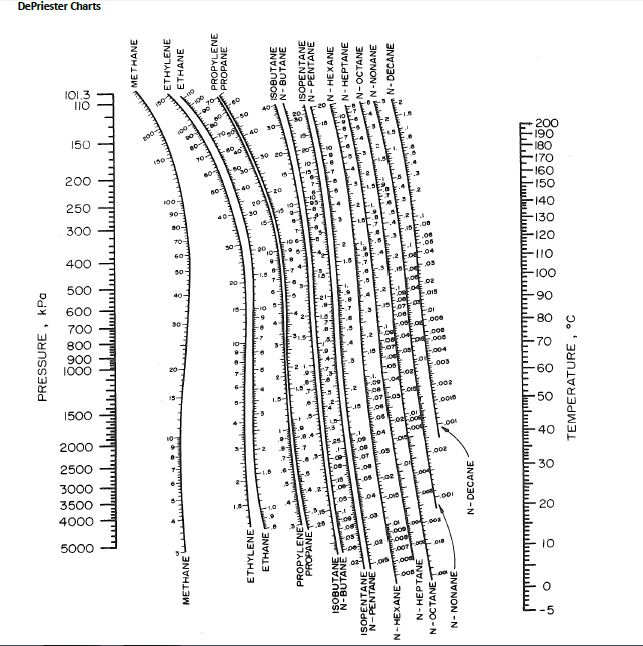

The spectra of cool flames consist of several bands and are dominated by the blue and violet ones – thus the flame usually appears pale blue. The CFT is significantly lower than the auto-ignition temperature (AIT) of conventional flame (see table ). One of the lowest CFTs (156 ☌) was reported for a C 2H 5OC 2H 5 + O 2 + N 2 mixture at 300 mmHg (40 kPa). A specific example is 50% n- butane–50% oxygen (by volume) which has a cool flame temperature (CFT) of about 300 ☌ at 165 mmHg (22.0 kPa). This temperature slightly depends on the fuel to oxygen ratio and strongly depends on gas pressure – there is a threshold below which cool flame is not formed. The lowest temperature of a cool flame is poorly defined and is conventionally set as temperature at which the flame can be detected by eye in a dark room (cool flames are hardly visible in daylight). Parameters Ĭool flame can occur in hydrocarbons, alcohols, aldehydes, oils, acids, waxes, and even methane. Harry Julius Emeléus was the first to record their emission spectra, and in 1929 he coined the term "cold flame". This appearance is connected with the formation of a peculiar acrid volatile substance possessed of acid properties." : 79 After noticing that certain types of flame did not burn his fingers or ignite a match, he also found that those unusual flames could change into conventional ones and that at certain compositions and temperatures, they did not require an external ignition source, such as a spark or hot material.

"When the experiment on the slow combustion of ether is made in the dark, a pale phosphorescent light is perceived above the wire, which of course is most distinct when the wire ceases to be ignited. Cool flames were accidentally discovered in the 1810s by Sir Humphry Davy, who was inserting a hot platinum wire into a mixture of air and diethyl ether vapor.


 0 kommentar(er)
0 kommentar(er)
